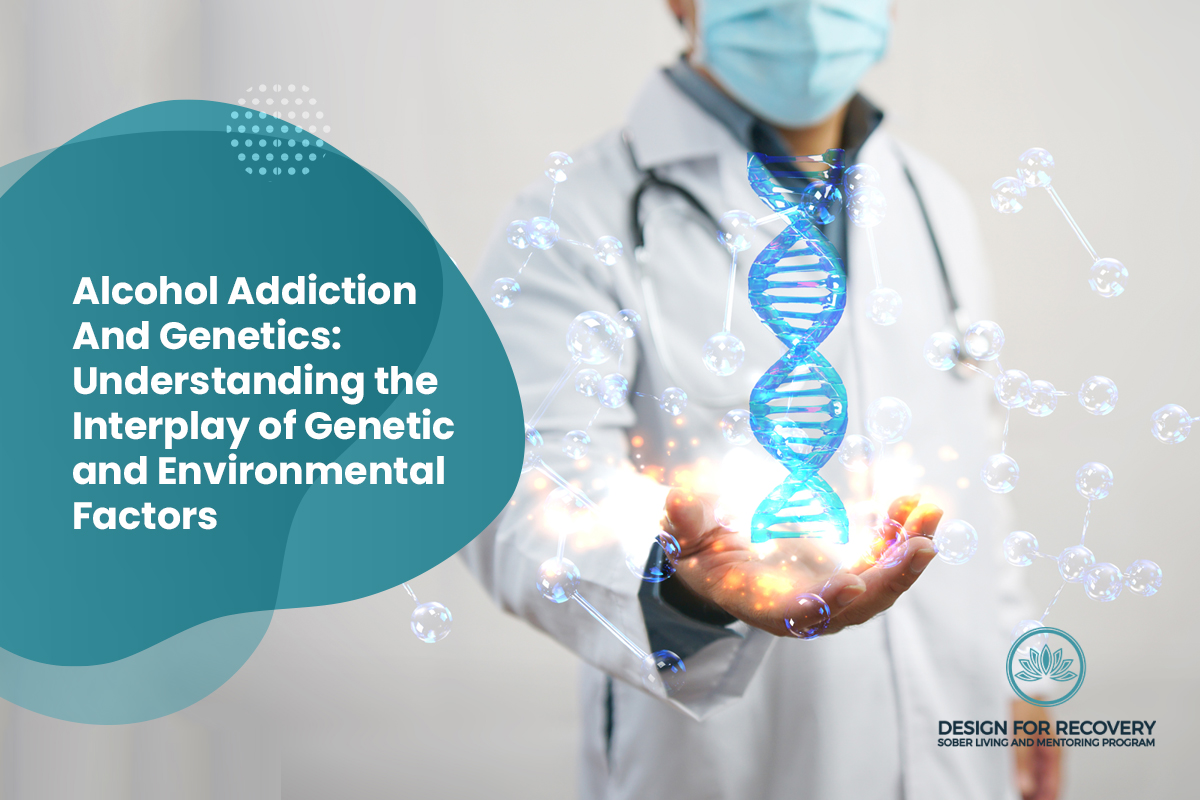On This Page:
Abstinence Vs Harm Reduction
Entering addiction treatment can be very confusing for an addict who hopes to recover. The main source of confusion stems from the addict’s own brain, which sends conflicting messages. Part of the addict might want to continue using illicit drugs.
Another part might want to stop. But even when this second part wins out, the roadmap to recovery can remain unclear. Many models for addiction treatment exist, and a lot of them conflict with each other.
The two main treatment models in addiction recovery are abstinence and harm reduction. In short, abstinence involves helping an addict permanently quit using their substance of choice. Harm reduction is another approach that allows addicts to continue using their substance of choice, but helps them implement strategies to prevent their addiction from doing as much damage.
Many variations of these two philosophies exist. There are also different schools of thought for how to implement them. Over the course of this article, we’ll look at the major differences between abstinence and harm reduction, look a little at the history of the thought behind both approaches, and examine their strengths and weaknesses from a pragmatic perspective.
What is Abstinence?
Abstinence is by far the most popular treatment model. In some sense, it’s intuitive. If an addict recognizes that using a particular substance is ruining his or her life, it makes sense to entirely stop.
The literature of Alcoholics Anonymous, the first 12-step program and the first to popularize the abstinence approach on a worldwide scale, uses hyperbole to demonstrate the insanity of an addict trying to drink in moderation. They describe a fictional example of a person who is addicted to running into oncoming traffic. At first, everything is okay. After a while, though, the person begins to suffer some major injuries.
Recognizing this, the person decides to stop. Life seems to get better again and he begins to recover from his injuries. But after a while he decides that maybe running into oncoming traffic one more time — “in moderation” — won’t hurt. The results are, of course, predictable.
Other 12-step programs, from Gambling Anonymous to Narcotics Anonymous, follow the same abstinence-only approach. In 1948, this approach was first brought to early treatment centers.
Three different Minnesota-based institutions, Pioneer House, Hazelden, and Wilmar State Hospital, worked together to involve a treatment model that involved recovering addicts living together under mild supervision, supporting each other, attending Alcoholics Anonymous meetings, and remaining abstinent. Today this is called the Minnesota Model, and it influences many sober living homes and rehabs to this day.
What is Harm Reduction?
Harm reduction is a set of practical strategies that aims to reduce the negative consequences associated with a drug or alcohol addiction. Harm reduction became popular fairly recrently, in the 1990s, with the creation of the Moderation Management program.
The program, which can be found online rather than in-person meetings more common in 12-step programs, doesn’t ask addicts to quit drinking or taking drugs. It emphases personal accountability, self-reflection, and moderation. Unlike AA, harm reduction approaches like Moderation Management do not recognize the disease theory of alcoholism.
A recent study showed that about half of all mental health counselors consider harm reduction an acceptable approach. This is despite the fact that the founder of Moderation Management, Audrey Conn, announced that moderation was not working for her and that she was switching over to AA.
Two months later she was found at fault for killing a father and daughter in a drunk driving accident. Almost 15 years later, this poster child for harm reduction killed herself.
Harm reduction remains appealing to many, however, because of its rejection of the spiritual aspects of 12-step programs. It appeals to those who might not be ready to accept their alcohol use disorder and simply want a program that is aimed at reducing the harms of drinking.
Abstinence From Drugs
Successful substance abuse treatment generally combines both approaches to an extent. 12-step programs remain an extremely popular and effective way to get sober. But most people attending Alcoholics Anonymous or Narcotics Anonymous meetings are not averse to more pragmatic evidence-based strategies for living from cognitive behavioral therapists or other mental health professionals. Both work together very well in tandem.
Residents at Design for Recovery achieve high rates of permanent abstinence. Moreover, at a sober living home like Design for Recovery, the process of achieving abstinence is built on community and human connection.
Recovering addicts live with like-minded peers. Together, they build their lives again from the ground up so that their sober futures can be happy, joyous and free. If you or a loved one is interested in sober living, contact Design for Recovery today.







